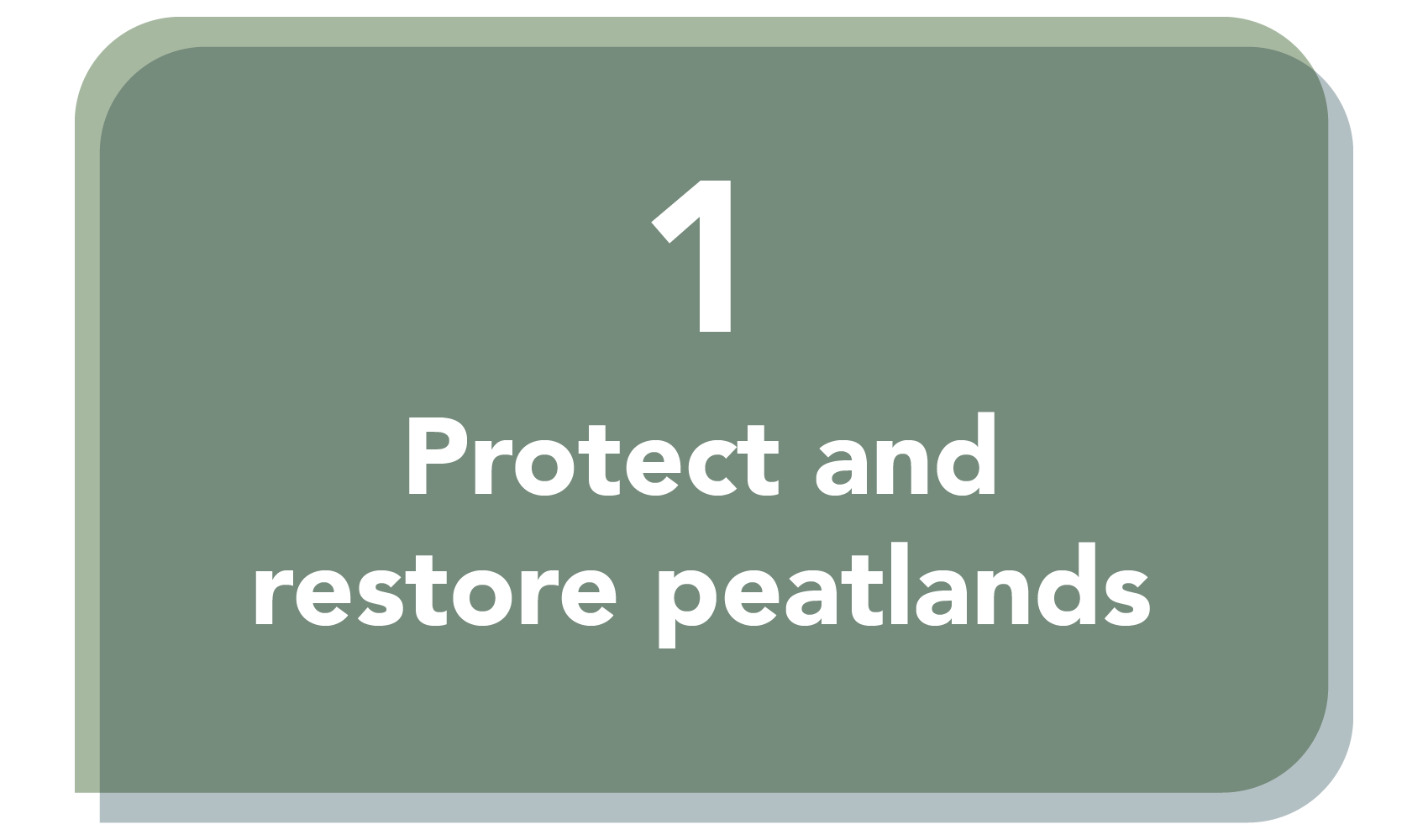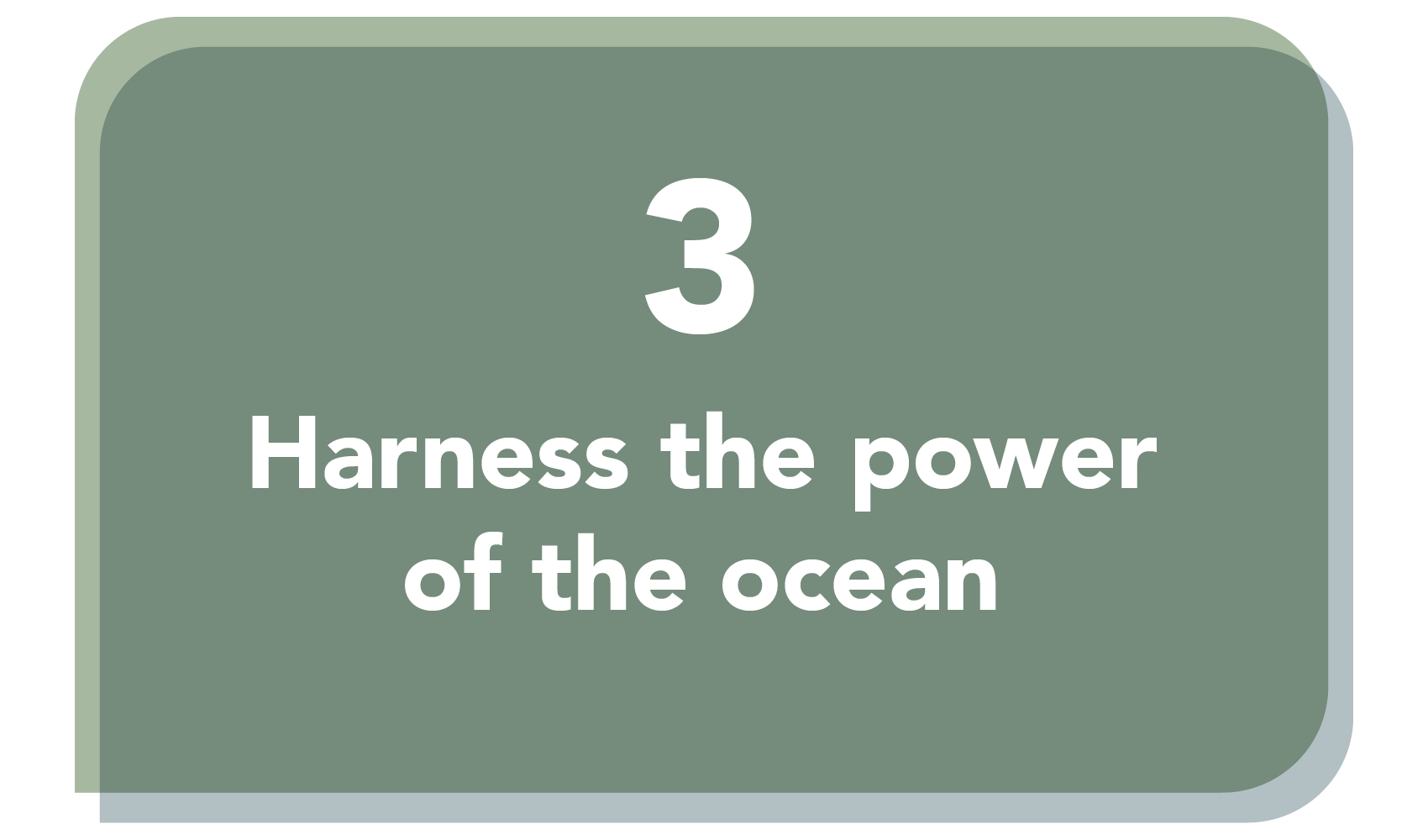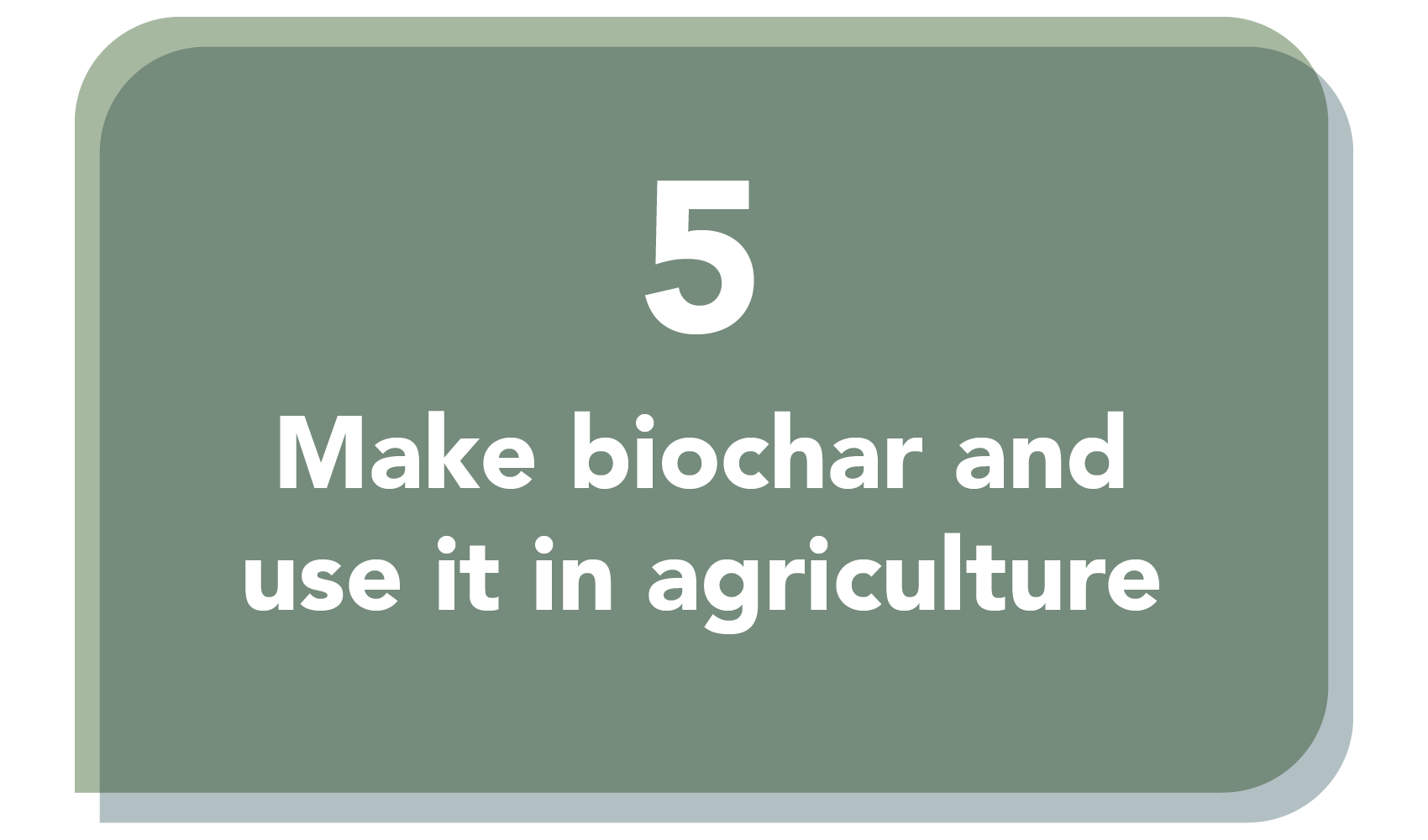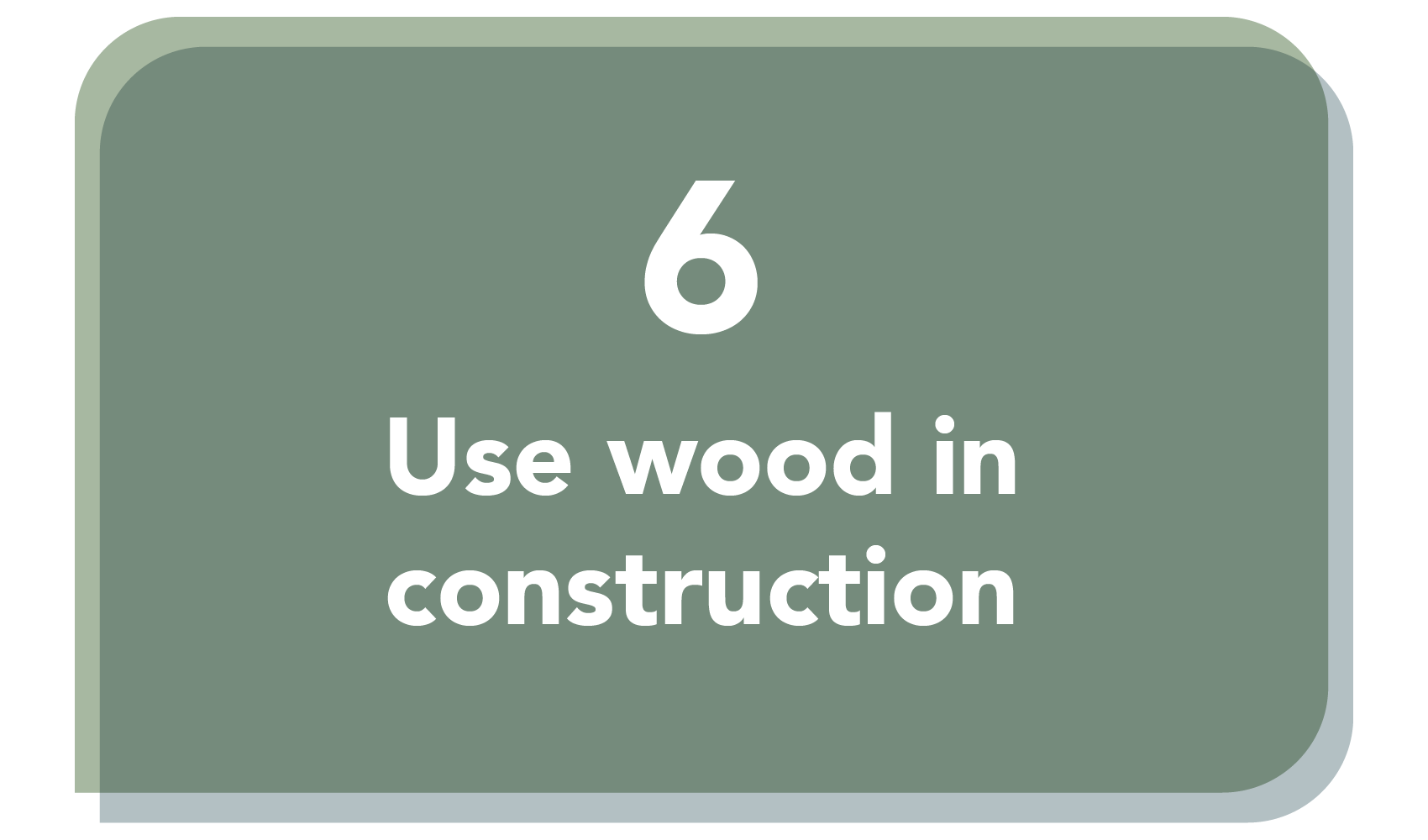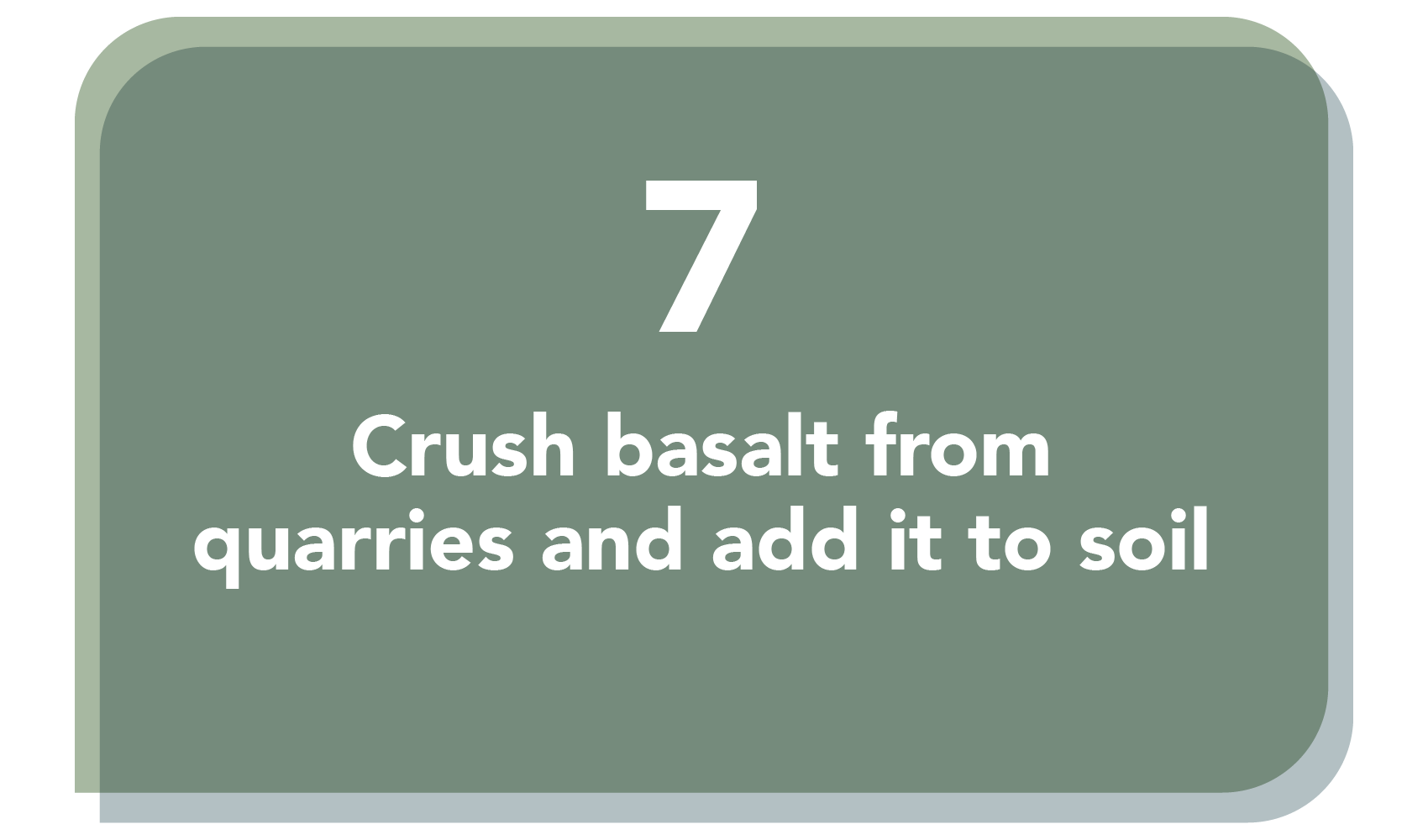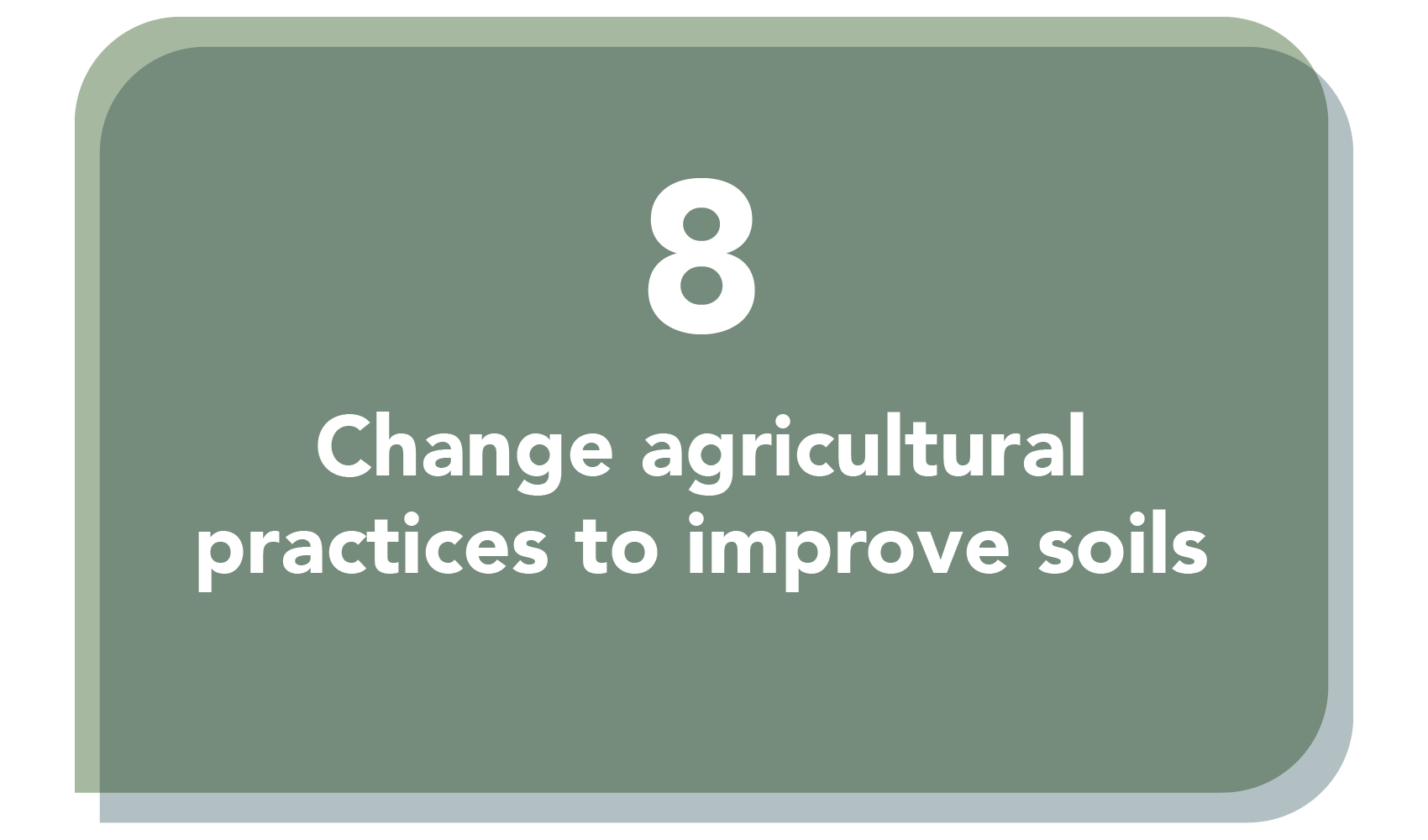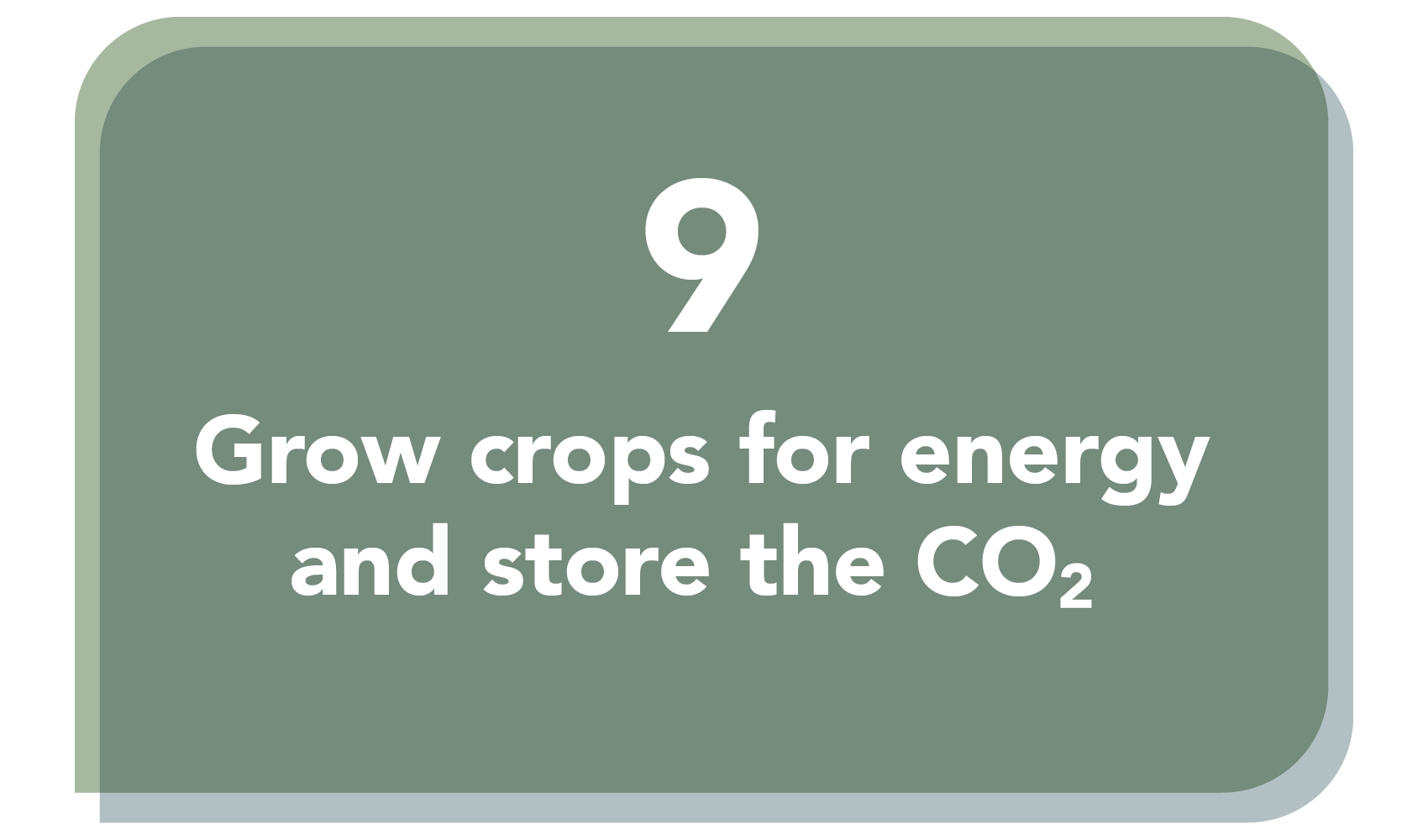
Trees naturally absorb CO2 from the air through their leaves via photosynthesis. The carbon is stored in the tree for as long as it stands, and can sometimes be stored in products made from the tree, such as in construction.
Carbon is also stored underground in the roots and soil, even after the tree is no longer there. The carbon stored in the tree wood is gradually released when the tree dies and decays, or is burned.

Protecting the woodlands we’ve already got, and planting more, will be key to fighting climate change. But planting trees at scale, which is a key part of many countries' plans to reach net zero emissions, requires careful planning.

Done well, they can remove vast quantities of CO2 from the air, while delivering many other benefits such as promoting biodiversity, improving water quality and helping to prevent floods.
Trees also create spaces for people to enjoy, benefitting our physical and mental health.

But without the appropriate planning and
long-term management, tree planting could do more harm than
good - even releasing CO2 if planting on peatlands, or destroying habitats by planting out-of-place monocultures.

The NetZeroPlus Demonstrator gathers evidence to
explore the consequences of different tree-planting
options. It’s helping the UK identify how
to plant the right tree in the right place.




